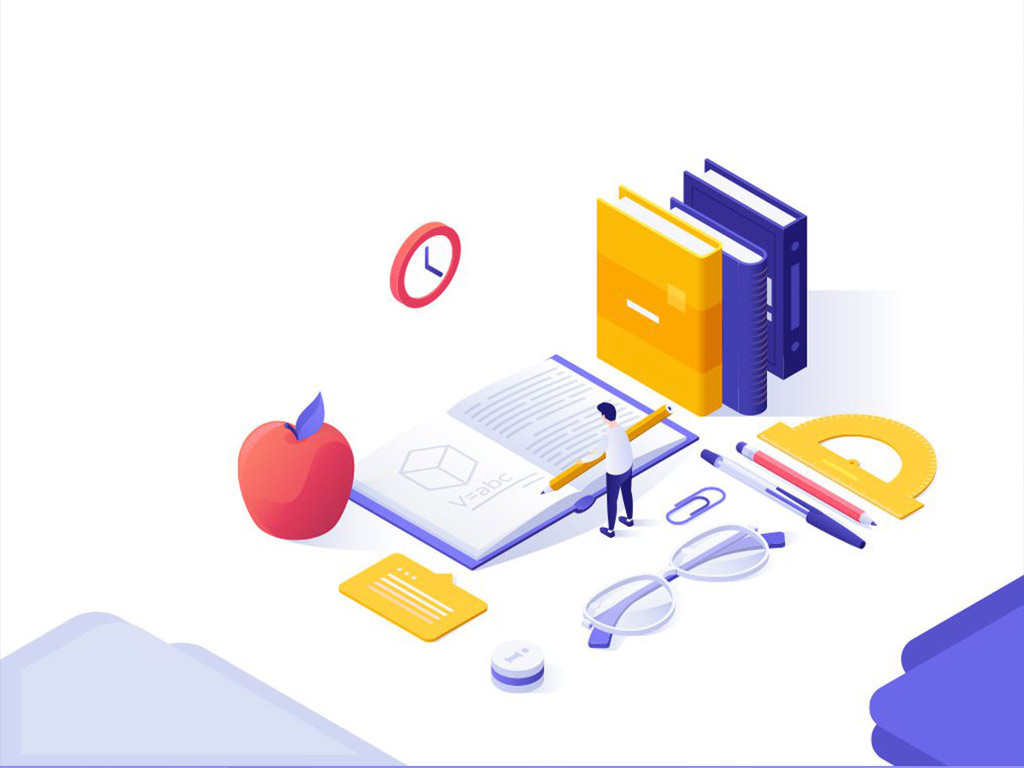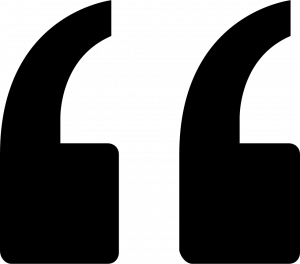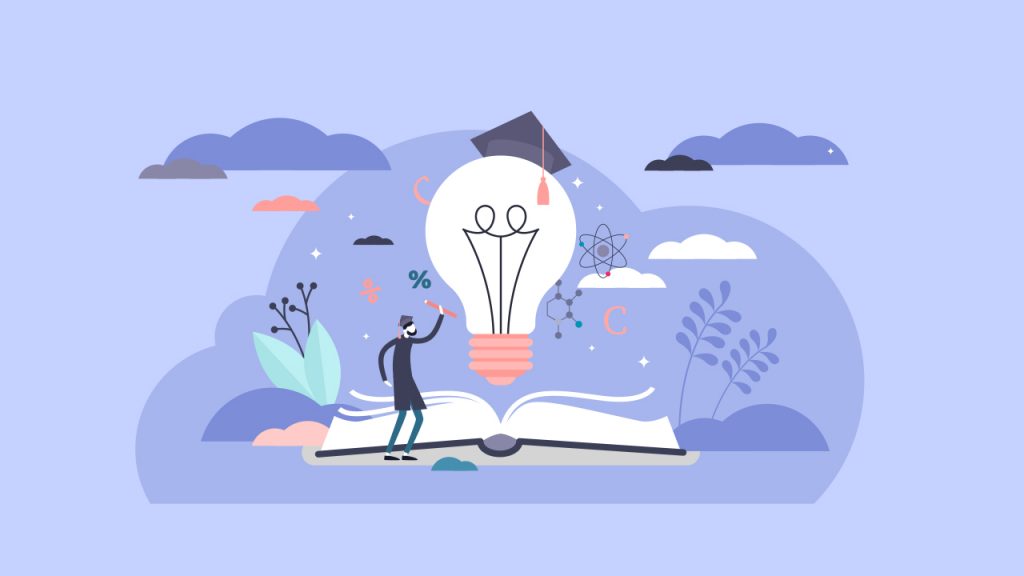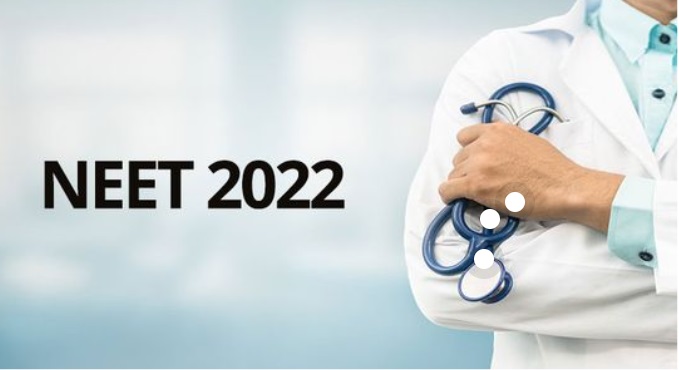Note Making Tips for Effective Study
Learning is an ongoing continuous process that never ends. We’re constantly learning things, lessons, processes, among many other things, through different methods of learning. But when it comes to learning in school, the vast amount of information makes it crucial to take notes.
As opposed to common belief, note-making isn’t just an activity to help your brain remember the information you’re acquiring. It’s a skill that enables you to organize, manage and retain information in a much more effective manner. And like no other skill, there is no one-size-fits-all formula when it comes to note-making. The most effective form of note-making is based on our ability to learn or our learning style.
What is a learning style?
There are many ways that our brain uses to send out and receive information. While some ways work better for some people, other ways work better for others. Individuals take to different methods to process information, which is called their learning styles. There are 4 basic learning styles.
Visual learning style
Visual learning goes by the name, visual learners learn best by sight. Visual aids like maps, diagrams, drawings, and graphs help them understand and retain concepts and theories.
They excel at:
- Memory recall
- Organization and management of information
- Remembering images
Note making tips:
- Take thorough notes in class or while studying by yourself.
- Use color codes and highlighters to make a distinction between sections.
- Create outlines for every chapter.
- Use bookmarks and flashcards to make a note of important information.
- Build your own maps, diagrams, flowcharts, and timelines to remember better.
- Maintain a calendar to keep track of important dates and deadlines.
- Use charts, colorful papers, or small boards to make notes.
Create mind maps for understanding complex topics and chapters and establish a connection between different pieces of information. The best way to do it is to start with a central idea in the middle of the page, add branches for every topic and concept, and sub-branches for sub-topics and specific information. This strategy will help you recall every bit of information just by recalling the mind map.
Auditory learning style
Auditory learners learn best by listening. When they hear audio lectures, discussions with their friends, or classes in school, they better understand and retain that information.
They excel at:
- Explaining ideas by speaking them out loud
- Solving problems verbally
- Following verbal instructions
Note making tips:
- Read important points from your course out loud so you can replay them while studying.
- Find a study partner or a group and recite information in front of them to remember better. If not possible, stand in front of a mirror and explain concepts to yourself.
- If you’re stuck in theory, request your teacher, friend or parent, to recite it out to you and make you understand by speaking. This way, you’re more likely to remember the information.
- Repeat information with your eyes closed until the time you understand it completely. Removing visual stimuli and only concentrating on the audio stimulation will help you understand better and retain more.
Kinaesthetic/Tactile learning style
Tactile learners learn best by doing or getting involved. For instance, they learn better by performing and experiment instead of learning a theory. This learning style is often backed by visual or auditory learning styles.
They excel at:
- Understanding gestures and body language
- Replicating actions and gestures
Note making tips:
- Copy important notes and keep rewriting them until you understand them.
- While studying, keep a stress ball or tap the pen on the table to build focus.
- If possible, physically practice concepts. For example, instead of learning that the perimeter of a square is 4*Side, draw a square and try to derive the formula yourself.
- Break down your course into small sections.
- Note down the practical uses of the concept you’re learning in a notebook.
- Organize your study desk to help your brain focus better and not get distracted.
- Practice, practice, and practice some more to learn better.
- Build your own experiments, models, and study aids to retain more information.
- Practice in a setting similar to the exam hall. The same physical cues will help you recall information more easily in the exam.
Read/Write learners.
Read/Write learners like to read to learn. They prefer to read words and write them down to understand and retain information.
They excel at:
- Organizing information into lists
- Remembering information
- Conveying information through writing
Note making tips:
- Write down all the information and categorize it into important sections.
- Use headings to organize notes
- Write down the most important details in a separate section and color-code them to remember better.
- Writing content within the margins and writing it within the limits of the paper.
You can identify your learning style by taking a short assessment online. However, it’s important to note that you don’t have within you the presence of one learning style and the absence of others. In fact, it’s more about the combination of cues your brain uses to help you learn better. Therefore, you have dominant and submissive learning styles.
Why Note Making tips & skills important?
Note Making tips & skills essential part of preparations. You can make sticky notes, mind-maps, or flow charts for a better understanding of topics. If it fits your learning style, you can also make digital notes on apps like Evernote. Many students prefer typing rather than writing things. However, writing notes gives additional help in subjective examinations.
Better notes help you understand, remember and build meaningful connections within topics and sections. Effective notes help you revise better and helps recall more information at the time of the exam. Notes serve as important cues for the following:
- Ensure that you receive adequate information during lectures and classes and retain every piece of information.
- They encourage an active learning mechanism where you listen, understand, write and learn all at the same time.
- The Note Making tips process relieves stress. When your brain overflows with information, writing it down helps it relieve stress.
- Moreover, when you have every important piece of information jotted down, you feel relaxed about your preparation.
- You can share notes with your friends. If your friend is facing problems with understanding a chapter or section, you can share your notes with them.
- Your study group can make a collection of notes where each one of you adds important points, so you have a variety of information to learn from.
- It improves the quality of every piece of information you take in.
- When you make notes, you make them comprehensible by building connections between concepts.
- This connection helps you dissect every piece of information and understand it better.
- It keeps you alert. While making notes during class or online lectures, note-making keeps you alert and helps you pay more attention.
- Helps you be more organized. As you take notes, you make your exam preparation more organized, which helps you manage your time and resources effectively.
Conclusion
It’s important to understand that your dominant learning style, although most effective, isn’t the only way you learn. Know all the Note Making tips to Identify your dominant learning style from the different learning methods and helps you build strategies for better learning!





